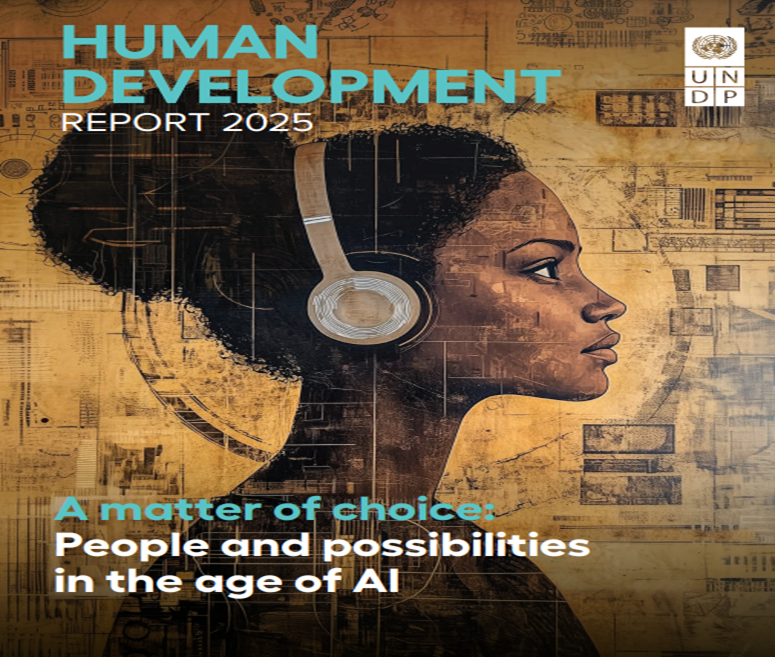The menace of plastic pollution has been around for a while. Whereas policy makers globally seem to be concerned, not much progress has been made in the last century. Though the plethora of international conferences, conventions and treaties create the impression of huge progress made, the numbers tell the naked truth. Beyond statistics, these numbers stare us in the face in street corners; our comfort and convenience are enablers to these numbers; our super-profit instincts drive these numbers; our consumption patterns sustain the growth of these true but ugly numbers. Material positivism teaches us that to know Tomorrow, we must know Yesterday. For the world to make meaningful and sustainable progress in the fight against plastic pollution, it is important we look back at the numbers yesterday to understand how we got to where we are today and thereafter take learnings from the numbers and develop strategies to extinguish the enablers, kill the drive and stifle the growth.
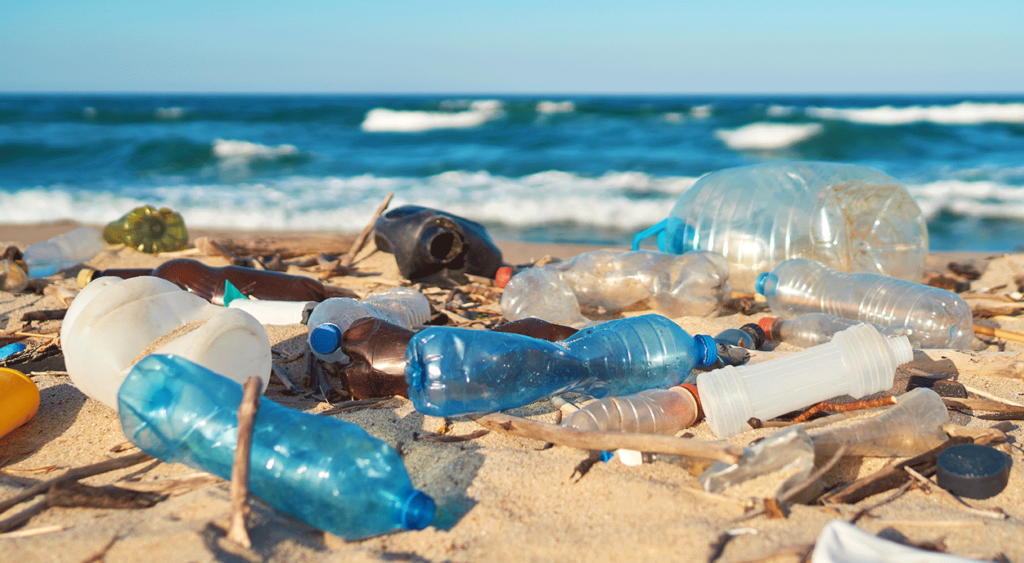
Numbers by Passage of Time
Between the middle of the 20th century and the first 2 decades of the 21st century, annual global plastic production grew by 229%; a missive jump from about 2 million tons in 1950 to a whooping 460 million tons by 2019; over this same period about 9.5 billion tons of plastic were produced, cummulatively. This growth in plastic production may not be unconnected with the growth in economic activities within this same period. With growth in economic activities came expansion in scale of production ‘which resulted in daily outputs in excess of daily market consumption; excess output would have to be stored and transported to other markets in other regions, hence the need for packaging that would withstand the increased shelf life and the mechanical stress of storage and transportation’. Urbanization and cosmopolitan lifestyle brought about a new consumption pattern that favors ‘Take-aways’ as against the age-long ‘In-dinning’ pattern, hence plastic packaging for food and drinks became prevalent thereby driving further the spate of plastic production. By 2016, product packaging used 42% of the global plastic production making it the highest user of plastic and also the highest driver of plastic pollution. Unfortunately, poor environmental stewardship by the businesses leaves the plastics and polyethene littering the streets after use. Recent reports show that about 14 million tons of plastic find their way into the oceans and other water bodies annually, thereby threatening aquatic life and existence. Sadly, many marine animals die annually from plastic entanglement. Another staggering statistic shows that only an insignificant portion of annual plastic production is being recycled thus exacerbating the environmental consequences.
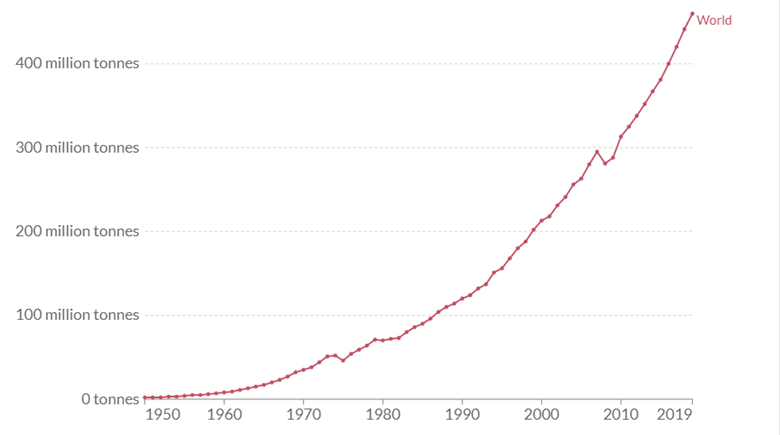
Global plastic production 1950 -2019. Source: ourworldindata.org
How the numbers affect us
Our physical environment has borne the brunt of the plastic pollution over the centuries; the landfills have become the unfortunate burial ground for the millions of tons of plastic wastes generated globally. Most unfortunate are the unorganized burial sites for plastic waste: street corners, illegal dumpsites, gardens and local incineration sites; all these have relics of plastic waste bulging out from the soil. Experts believe plastics in the soil would take about 400 years to decompose. This brings to question the possibility of future generations enjoying a plastic-free soil for crop cultivation. Olusosun dumpsite in Lagos Nigeria, is a 100-acre stretch of land which has been overtaken by refuse, majorly comprising plastic waste. This site receives about 10,000 tons of waste daily. This stretch of land alternatively could have been used for real estate development to reduce housing deficit; it could become farmland to support food production thereby combating food insecurity. The sad reality is that these alternative uses have been sacrificed to have a burial ground for waste, majorly plastic waste.
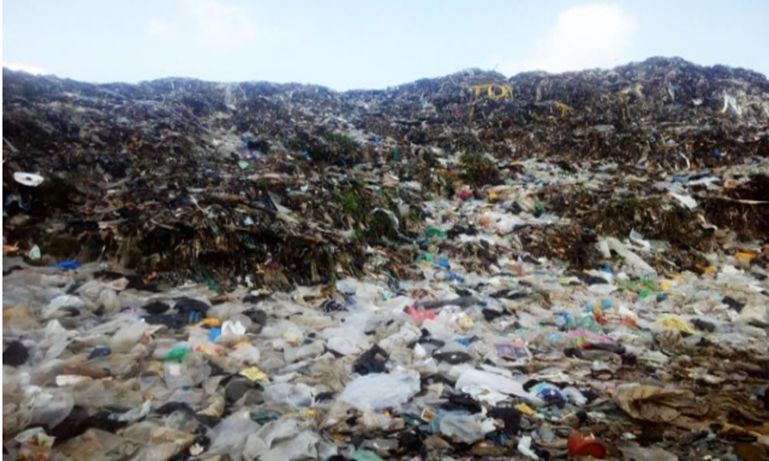
Environmental experts observed that poorly managed open landfills have become a source of pollution to the surrounding environment and the ocean. As city drainage systems link up to Canals which empties into nearby Rivers which connect to oceans, plastic wastes that escape from landfills find there way into the drains and eventually settle in the belly of the ocean. Environmental watchers warn that plastic wastes generated in coastal regions (like Lagos) are most at risk of entering the oceans. By 2010, 3% of global annual plastics waste were reported to have entered the ocean through multiple outlets; this translates to about 8million tons per annum. Recent reports show that the number of plastic wastes escaping into the ocean has grown to 14 million tons per annum; experts warn that if nothing is done to slow down than the growth in virgin plastic production, ocean plastic pollution per annum may rise to 29 million metric tons by 2040.
Annually, about 100,000 marine animals die from entanglements linked to ocean plastic pollution. Even humans now consume plastic waste indirectly: marine animals sometimes ingest microplastics which travel up the food chain and are eventually consumed by humans who make a meal out of these marine animals. Thus, the burden of plastic pollution which may be considered the burden of the marine animals are invariably adding to the health concerns of humans.
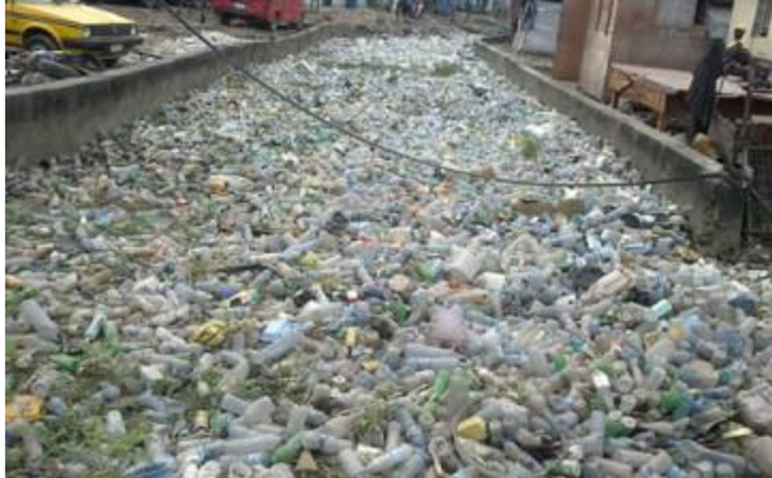
How can we cut down the numbers?
Available statistics show that about 91% of plastics produced between 1950 and 2015 were not recycled. This poses a great risk into the future, considering the length of time it takes for plastic waste to decompose. However, year 2015 numbers on recycling showed some hope: 20% of global plastics produced in 2015 were recycled; 55% found their way to the landfills while 25% were incinerated. When compared with other options such as landfills and incineration, recycling presents the lowest global warming potential and energy use. Therefore, the first and all-important step to address plastic pollution is recycling. With the over 230 times leap in plastic production in the last 7 decades, only a good recycling culture can help halt the threat of plastic pollution and its negative impact on humans, animals and the ecosystem in general. Companies who use plastic in their product packaging must integrate a recycling plan into their strategic operational plan, either directly as part of backward integration or indirectly through strategic alliances along their supply chain. Governments and regulatory authorities must strengthen their system of product stewardship to ensure complete accountability over plastic usage on a product all throughout the product’s life cycle.
Single-use plastic has been a major source of plastic pollution. Starting from the design stage, product packaging can be made to serve multiple uses beside the immediate need of just packaging. If PET bottles would serve longer as returnable and reusable cans, it would reduce the production of virgin plastic and also cut down on the amount of PET bottles that end up in landfills and oceans annually. At the end of the lifecycle when these PETs are no longer reusable, they must re-enter the consumption cycle through recycling. Use of paper bags for shopping as against the use of polythene bags is another laudable alternative that grocery stores and restaurants must pursue as part of their environmental stewardship. In climes where voluntary compliance is low, regulation can play a big role in not only pointing corporates to the alternatives but also ensuring the corporates do the needful.
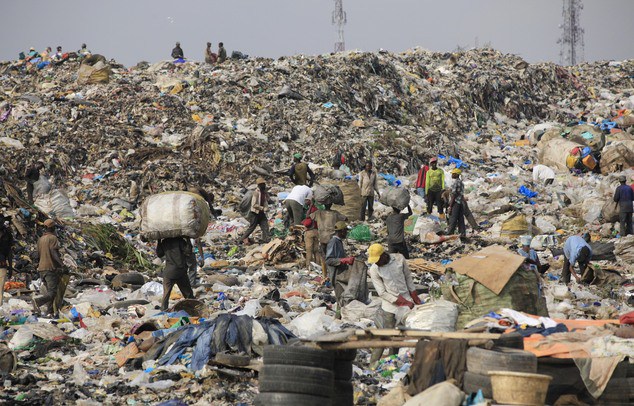
In the same vein, proper waste management is inevitable in keeping the numbers low. Trends of plastic waste disposal globally suggest most of the plastic wastes are dumped in the landfills. If the landfills are not properly managed, chance of the contents escaping into the ocean and other unwanted areas is most likely. Municipal authorities must ensure wastes are not simply buried and abandoned in landfills; they must ensure landfills are secured and well-situated to reduce the chances of secondary pollution. For municipal authorities to live up to these expectations, good corporate citizenship is needed; corporates whose economic activities drive plastic production and plastic pollution must, as part of their corporate social responsibility, form strategic alliances with the municipal authorities to ensure their negative footprints do not stamp-out environmental sustainability.
Finally, the ‘Polluter Pays’ principle must be given proper attention globally to ensure all polluters are held accountable for their actions. Weaker nations must be supported with capacity development to boost their ability to identify and adequately punish polluters. There is also need for public enlightenment to arm consumers with enough knowledge to demand more responsible environmental attitude from the corporates. Indeed, it is everybody’s responsibility to cut down on the ugly numbers of plastic pollution across the globe.

The CSR Arena is a CSR advocacy and sustainability-reporting-analysis champion. We encourage and celebrate effective CSR and positive social impact by responsible corporate citizens; we celebrate international best practices in sustainability reporting across different economic divides. Our goal is to realize the dream of development scholars that, ‘corporates, more than governments, would bring about the much needed sustainable development across the globe. We partner with FBOs, NGOs, CBOs, governments and corporates to spread the message of sustainable development and corporate sustainability. Our platforms bear tales of good corporate citizenship – grab the microphone that you may be heard. Contact: news@thecsrarena.com


